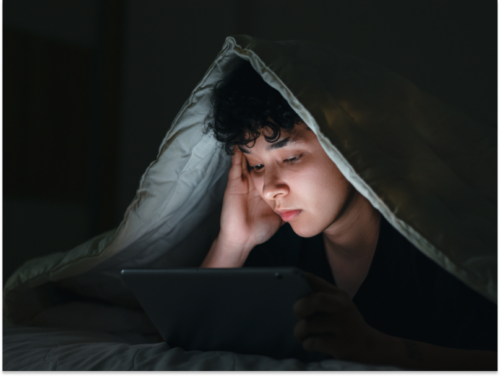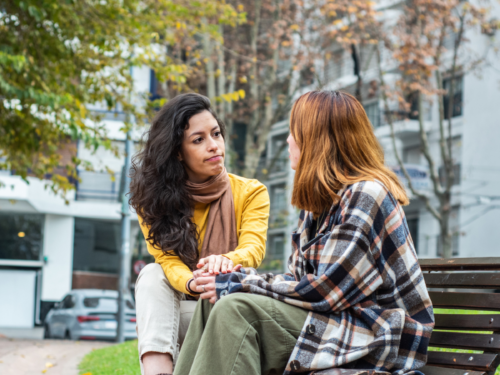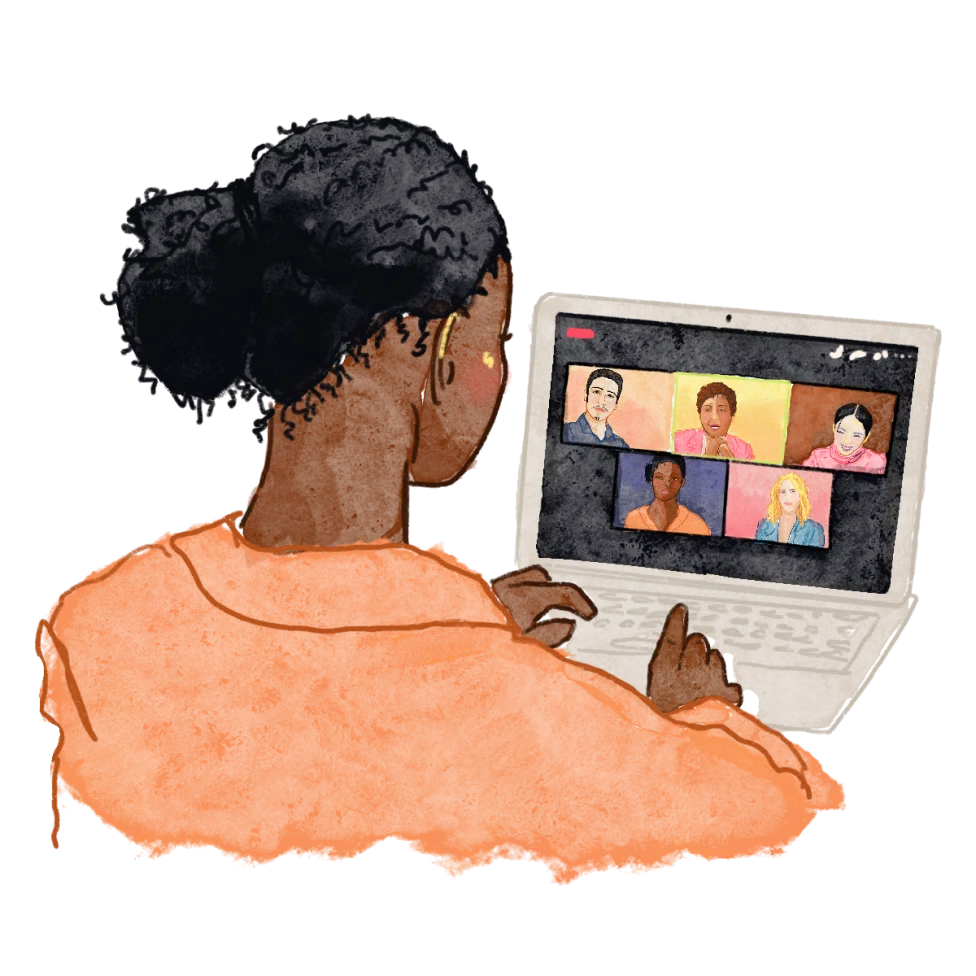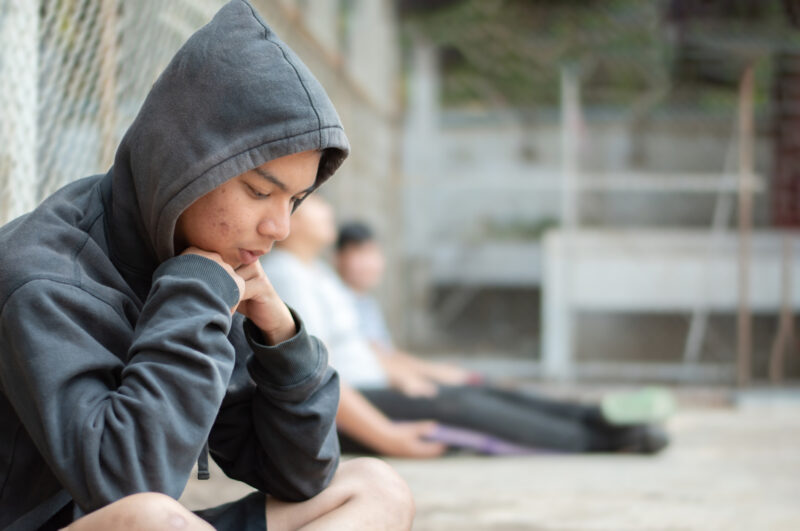
Table of Contents
Use Our Therapist-Approved Childhood Anxiety Symptoms Checklist

Written By: Ashley Laderer

Clinically Reviewed By: Nicole Lonano
February 12, 2025
8 min.
If you’re a parent worried about your child’s anxious behaviors, you’ve come to the right place. Read on for 10 signs of anxiety in kids and more.
Learn more about our Clinical Review Process
Table of Contents
Childhood anxiety may be more common than you think. It’s estimated that 1 in 12 children has an anxiety disorder—like panic disorder or social anxiety disorder. As a parent, you might struggle to determine what’s a “normal” level of anxiety in your child and what’s more serious. Some kids openly vocalize their worries and fears, while others might stay quiet. It’s important to keep an eye out for any behavior changes to assess whether an anxiety disorder might be at play. Read on for a childhood anxiety symptoms checklist, as well as information on the causes and treatments for childhood anxiety.

Is your child feeling anxious? We can help
Evidence-based, virtual care for children with anxiety.
Childhood anxiety symptoms checklist
“Anxiety in children doesn’t always present in ways that adults expect,” says Bree Williams, LPCA, a Charlie Health Group Facilitator. “Instead of verbalizing their fears, children often display symptoms through their behavior, emotions, and physical health.” Kids may not have the language yet to explain exactly what they’re feeling, and they might be confused about how to label these new emotions or physical sensations.
Check out this anxiety symptoms checklist to see if your child is exhibiting any signs of an anxiety disorder.
1. Excessive worrying
Everyone worries from time to time, but a child with anxiety will worry excessively and out of proportion to the stressors at hand. “A child may constantly fear something bad will happen, even when there’s no immediate threat,” Williams says. “This could be about school, family, or everyday activities.” They might open up to you and talk about their fear or worries, or this might be more of a hidden symptom.
2. Complaining of physical symptoms
It’s common for children with an anxiety disorder to say they don’t feel well. Willaims says that anxiety can manifest physically, which may result in a child having otherwise unexplained stomach aches, nausea, or headaches –– especially before school or other social events. They may end up missing a lot of school as a result.
3. Avoidance
Avoidance is common for people of all ages with anxiety, attempting to bypass known anxiety triggers. “Children with anxiety might go out of their way to avoid situations that make them feel uncomfortable, such as speaking in class, interacting with peers, or even sleeping alone,” Williams says. They might even try to avoid going to school, especially if they’re experiencing physical symptoms, too.
4. Irritability
Anxiety doesn’t always show up as anxiety to an outsider. “Instead of showing nervousness, an anxious child may seem frustrated, angry, or overly emotional when faced with anxiety-triggering situations,” says Williams. Mood swings are a possible manifestation, too.
5. Perfectionism
Anxious kids may be perfectionists or have a strong fear of making mistakes. “Some children with anxiety become extremely hard on themselves, fearing failure or disappointing others, even in minor situations,” says Williams. Perfectionism and fear of failure can further fuel the cycle of anxiety.
6. Trouble concentrating
Anxiety and racing thoughts can feel all-consuming. When anxiety takes over, this can cause kids to have trouble concentrating or paying attention in school. At times, this can cause grades to take a hit. Trouble focusing could also result in struggles in social situations.
7. Difficulty sleeping
An anxious mind can absolutely cause sleep disturbances in kids. “Many anxious children struggle with falling asleep, staying asleep, or experiencing nightmares due to racing thoughts and worries,” Williams says. Because of this, the child might try to sleep in their parent’s or sibling’s bed to avoid being alone. Anxious children might also show “bedtime resistance,” where they refuse to go to bed.
8. Self-consciousness in social situations
Some anxious kids may exhibit self-consciousness, especially in social situations, if they struggle with social anxiety disorder. If a child has social anxiety, they might exhibit the following signs:
- Seeming afraid before school or social interactions
- Lack of participation in class
- Fear of embarrassment or judgment
- Avoiding social settings
- Having physical symptoms before socializing or school
9. Appetite changes
Anxious kids may experience changes to their appetite–either losing it and saying they aren’t hungry or having an increased appetite and wanting to eat more. Physical anxiety symptoms like stomachache and nausea can further contribute to loss of appetite.
10. Panic attacks
Some children with anxiety might have panic attacks that come out of the blue. A panic attack is a short-lived episode of intense panic and fear that comes on suddenly. Signs of a panic attack include:
- Sense of impending doom
- Fear of losing control or dying
- Racing heart
- Trembling
- Chills
- Sweating
- Chest pain
- Trouble breathing
- Dizziness
- Weakness
- Tingly or numb hands
Panic attacks are typically over within 20 minutes, but they’re very distressing, especially for children who don’t understand what a panic attack is. Panic attacks are most closely linked with panic disorder.
Causes of childhood anxiety disorders
“Childhood anxiety can come from a combination of biological, environmental, and psychological factors,” says Krystal Batista, RMHCI, R-DMT, a Dance/Movement Therapist at Charlie Health. Some of these main factors include:
Genetics
There is a large genetic component to mental health conditions, including anxiety. Generalized anxiety disorder (GAD), for example, has a 30% heritability. Essentially, if one or both parents have an anxiety disorder, they are more likely to pass genes related to anxiety along to their children. However, having a parent with an anxiety disorder does not guarantee that a child will develop one, too.
Major life changes
Any type of major life change can act as a big stressor for a child, triggering anxiety. Batista says some common examples of this are parental separation, moving, or experiencing the loss of a loved one. These events may be even more likely to trigger an anxiety disorder if the child is also genetically predisposed to it.
Trauma
Enduring traumatic experiences or witnessing a traumatic event can lead to anxiety in children, Batista says.
Examples of childhood trauma include:
- Physical, verbal, or sexual abuse
- Physical or emotional neglect
- A parent leaving the family, dying, or getting divorced
- Accidents
- Natural disasters
- Intergenerational/systemic trauma
The importance of early recognition and treatment
If your child is exhibiting any of the above signs of anxiety, it’s important to take this seriously. “Many people assume that childhood anxiety is just a ‘phase’ that kids will outgrow, but that’s not always the case,” Williams says.
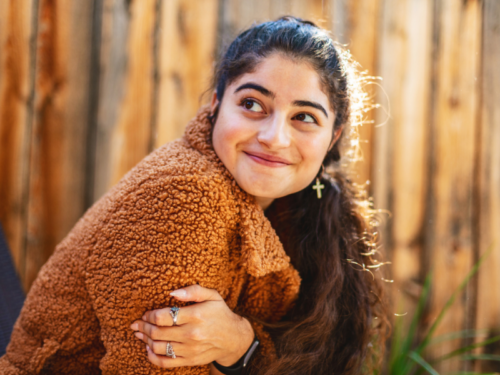
By taking your child’s symptoms seriously and taking action now, you’ll prevent the risk of severe anxiety from continuing into adulthood. “Early recognition of childhood anxiety is essential because it can greatly improve the child’s long-term outcomes,” says Batista. “Identifying anxiety symptoms early enables caregivers and healthcare providers to intervene promptly, potentially preventing the progression of more severe anxiety or related disorders.”
Of course, early recognition and treatment isn’t just about the future –– it’s also about helping your kid feel better ASAP. “The earlier a child receives support, the sooner they and their caregivers can implement coping strategies and emotional regulation techniques to manage symptoms,” Batista says.
Treatment options for childhood anxiety disorders
There are many evidence-based, effective treatments for childhood anxiety disorders. Most often, treatment involves therapy. In some cases, a psychiatrist might prescribe medication for extra support.
Therapy for childhood anxiety
Some common therapy modalities for treating anxiety include:
- Cognitive behavioral therapy (CBT): CBT is the most popular type of therapy for childhood anxiety. It helps kids understand what thoughts and thought patterns they have that are unhelpful and teaches them how to create new, more helpful ways of thinking. Batista says that CBT also teaches kids practical coping strategies and relaxation techniques.
- Play therapy: For a younger child, talk therapy might feel too difficult. “Play therapy provides a nonverbal way for younger children to express their emotions. It uses structured play activities to help children work through fears and anxieties they may have difficulty articulating,” says Batista.
- Dance/movement therapy (DMT): DMT is another option for kids who struggle with talk therapy. “Children can release pent-up emotional tension through movement and learn to become more attuned to their bodies and emotions, ” Batista says. “This type of therapy encourages mind-body awareness and helps children develop a sense of control over their feelings, which can reduce anxiety.”
- Art therapy: Art therapy provides another non-verbal outlet for emotions. Research shows art therapy can improve kids’ anxiety and emotional difficulties. This creative therapy gives kids an alternative method to express and understand their anxious feelings and other difficult emotions.
Medication for childhood anxiety
Therapy is typically the first step in addressing childhood anxiety. However, if a child has been in therapy for months with little to no improvement, a therapist might refer the child to a psychiatrist to consider medication. Williams says meds might be a fit if:
- Anxiety severely impacts daily functioning, including attending school
- The child has intense physical symptoms
- The child experiences panic attacks
- Suicidal thoughts or self-harm behaviors emerge
“Medication is not a one-size-fits-all solution, but in some cases, it can be a helpful tool when combined with therapy, lifestyle changes, and parental support,” she adds.
There are two FDA-approved antidepressants for treating generalized anxiety disorder in children ages seven and up:
There are other antidepressants psychiatrists might prescribe for childhood anxiety “off label,” even if they are not specifically FDA-approved for the indication.
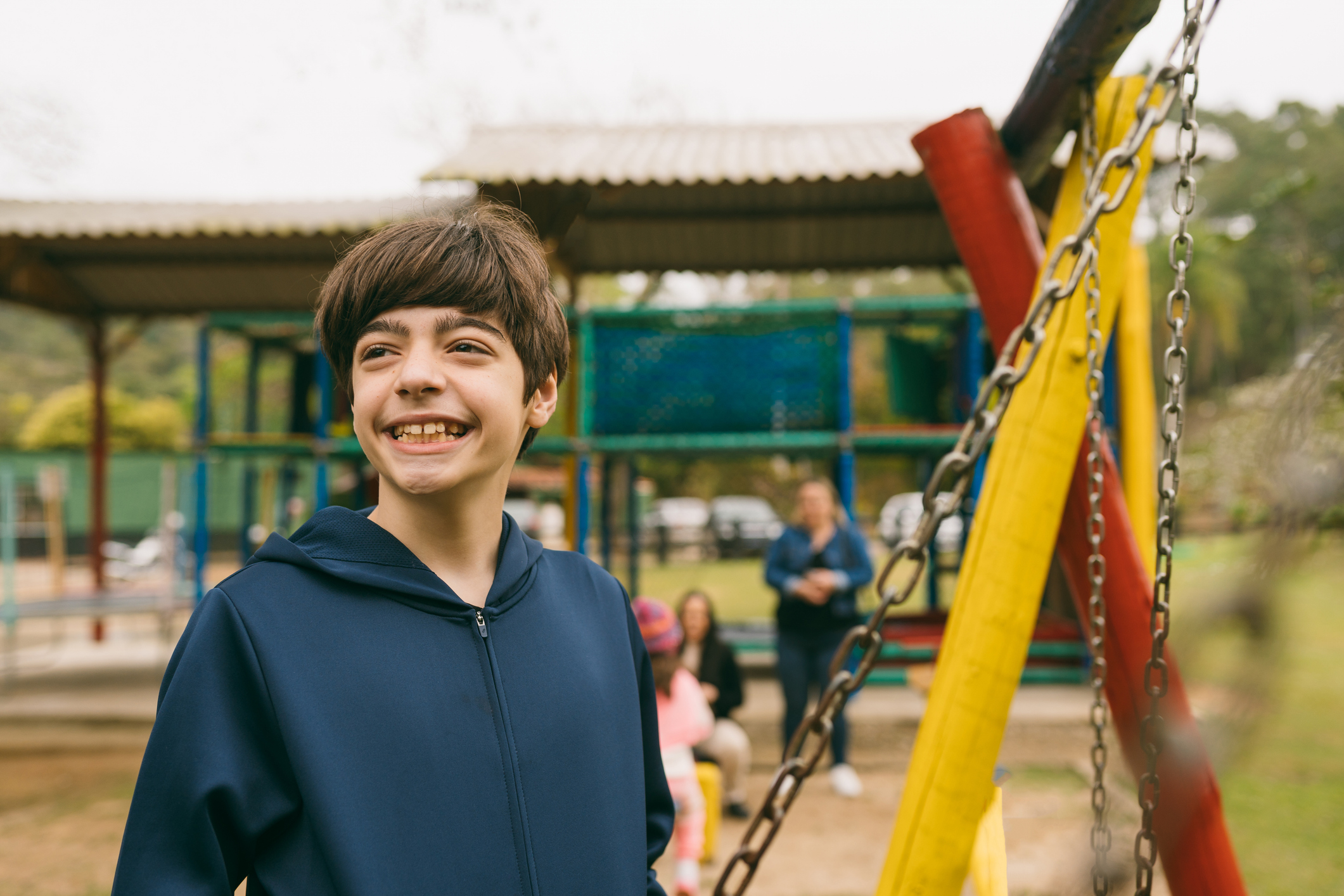
How Charlie Health can help
If your child is struggling with their mental health, Charlie Health can help. It’s hard to see your child suffer, but with proper treatment, recovery is within reach. Charlie Health’s virtual Intensive Outpatient Program (IOP) offers more than once-weekly support for people ages 11 and up who are dealing with a range of mental health conditions, including anxiety disorders.
Our IOP combines group sessions, individual counseling, and family therapy, providing a holistic approach to healing. We offer sessions at convenient times, allowing kids to maintain their school schedule and day-to-day activities alongside treatment. Fill out the form below or give us a call to start your child’s healing journey now.
References
https://www.aafp.org/pubs/afp/issues/2022/1200/anxiety-disorders-children-adolescents.html
https://nyulangone.org/conditions/anxiety-disorders-in-children/types
https://pmc.ncbi.nlm.nih.gov/articles/PMC6033696/
https://kidshealth.org/en/parents/social-phobia-factsheet.html
https://my.clevelandclinic.org/health/diseases/anxiety-in-children
https://pmc.ncbi.nlm.nih.gov/articles/PMC5573560/
https://www.tandfonline.com/doi/full/10.1080/17454832.2020.1751219
https://www.accessdata.fda.gov/drugsatfda_docs/label/2017/021427s049lbl.pdf
https://www.accessdata.fda.gov/drugsatfda_docs/label/2023/021323s055,021365s039lbl.pdf
